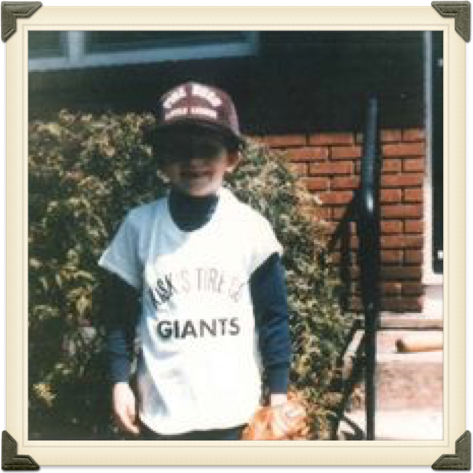Terror at the ballyard: 1894 grandstand collapse leaves one dead, many injured
Original Publication: Chippewa Herald-Telegram, May 27, 2012, p. B1-B2
In early spring, 1894, the Chippewa Falls Base Ball Association began searching for a spot for a new ball field. Initially, they decided on the old fair grounds, but when a prime piece of property on the south side of town was found they pursued that. Owned by prominent lumberman, Charles Mandelert, the parcel of land along the river was available for $200. An additional $300 was procured to clear the land and another $1,500 for the materials and construction to build what was to be known as the Athletic Park. Now all that was need was some consulting.
Enter William Lucas, known as one of the brightest minds in minor league ball. In addition to helping with the construction of the park, he was tabbed to manage the ball club. He recently moved to the area to work as a lumber scaler for E.A. Martin out of Cadott. Lucas wasn’t unfamiliar with Chippewa Falls, having played and managed the city team, the Chippewas, in 1884 and part of 1885. These were his first years running a ball club and from there he went on a decade long tour through the minor leagues.
Initially, the Association wanted to build a bicycle track around the field to accommodate the bicycle-racing craze taking the country by storm. That plan was put off to focus solely on the ballpark, the centerpiece being a large wooden grandstand that could seat hundreds. The construction began in haste with a large crew of carpenters working long hours. The goal was to finish in time for a Decoration Day (now Memorial Day) doubleheader against the St. Paul Diamonds.
The Athletic Park’s wooden grandstands were still being worked on during the morning game. Some 400 people watched as the Chippewas, in their new uniforms, ran away from the Diamonds by a score of 22-0.
Over 500 people filed into the park before the afternoon game. The crowd stretched down the foul lines and beyond the outfield fence where fans could watch from their carriages. An estimated 300 packed the grandstands, many of them women who were admitted for free. Underneath the grandstands carpenters John McCurdy and Duncan McMullen were strategically placing braces to support the unfinished stands.
Shortly before the 3:30 start the grandstands started to crack under the weight of the onlookers. Several men, including McMullen and McCurdy, rushed towards the sagging stands with braces as the crowd scrambled to get to safety. According to the Daily Independent, “The screams of women and men were heard and the plaintive moans of those who were hurt or imagined danger were pitiful.”
Men, including the players, dove into action pulling out the wounded and carrying them to safety.
As the dust began to settle, John McCurdy was nowhere to be found. Suddenly a voice in the crowd yelled, “There’s a man under yet!” The remaining able-bodied sifted through the wreckage, even raising the half-fallen structure until McCurdy was spotted. By the time he was pulled out he was already dead. He had been crushed when he rushed to the most perilous spot of the stands to help support the falling structure.
McCurdy’s body was taken to the local undertaker, dressed and then brought home to his home on West Elm Street for viewing by his widow and four young children.
In the wake of the tragedy, local businessmen banded together and raised hundreds of dollars for McCurdy’s widow and children. A group of businessmen donated $300, which was matched by the Base Ball Association. A benefit game was also played. Reserved seats were auctioned off to the highest bidder, admission was $1 in advance and all players donated their salary for the game to the McCurdy fund.
The tragedy greatly dampened the remainder of the season and was not soon forgotten. For years it was rumored that McCurdy’s ghost haunted the Athletic Park. On several occasions in the years following the accident children reported seeing him seated in or roaming around the grandstands.


